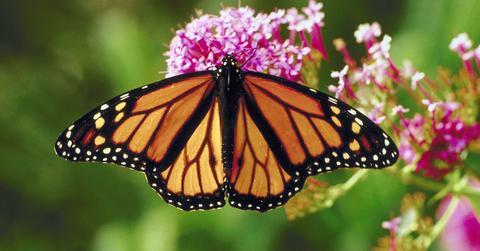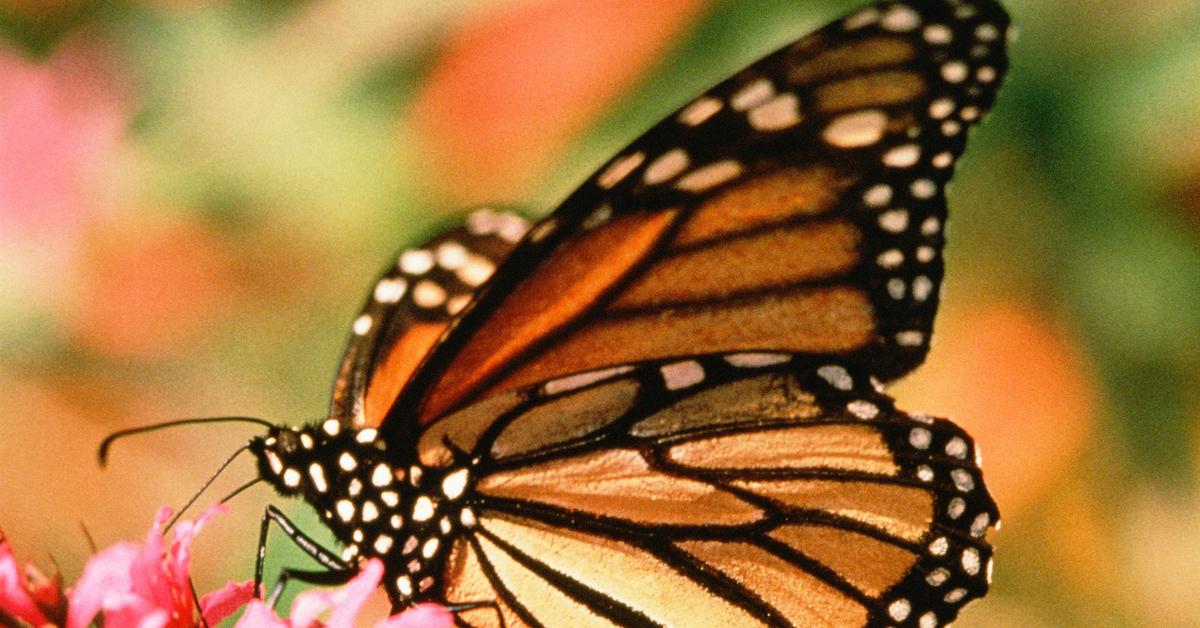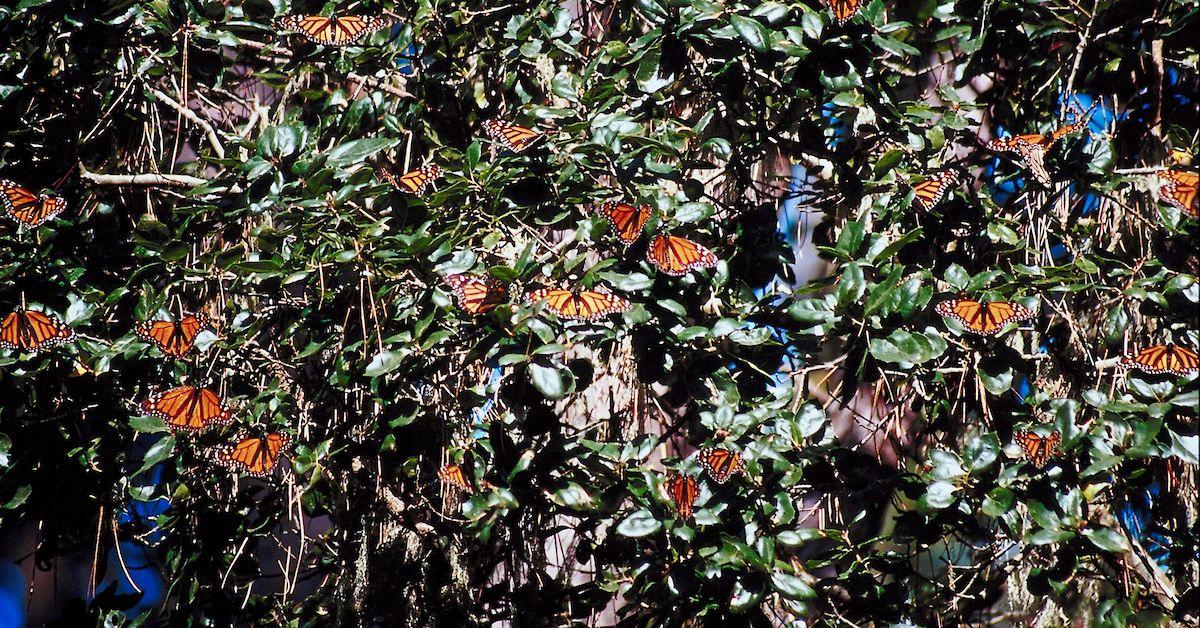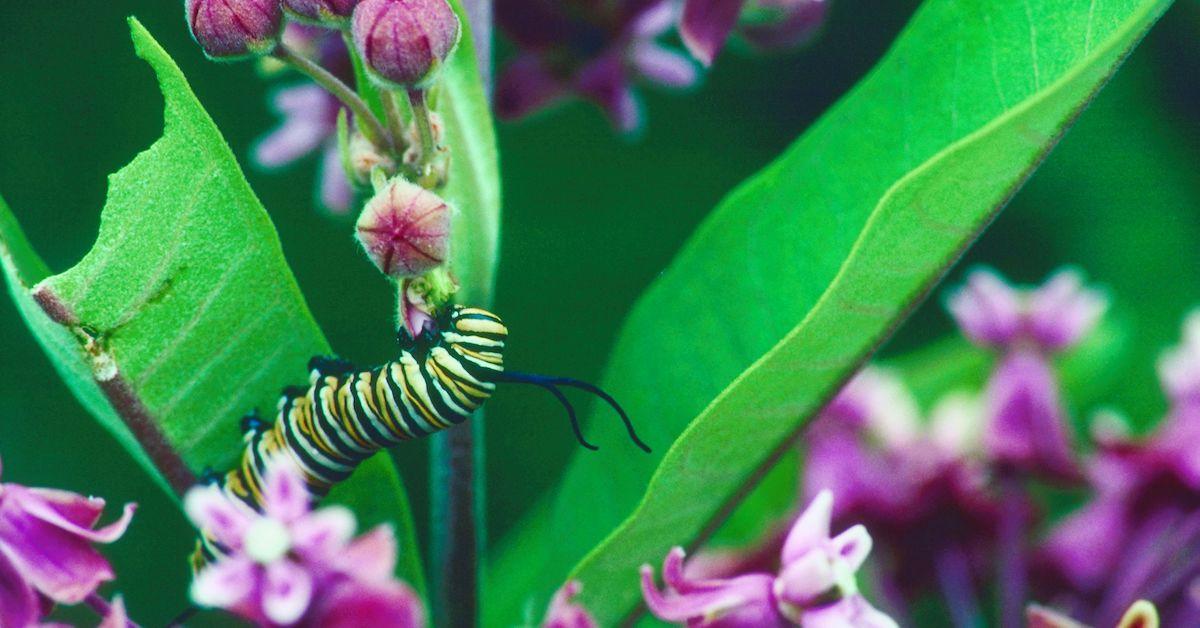Inside the Push to Put Monarch Butterflies Under the Endangered Species Act — Details Here
The U.S. Fish and Wildlife Service aims to have protections for monarch butterflies in place by the end of 2025.
Updated Dec. 11 2024, 5:14 p.m. ET

When we think of endangered species threatened by climate change, we often think of the obvious: polar bears or other creatures in cold climates rapidly disappearing. But what you might not know is there is a smaller species that also needs our help. As it turns out, this species also lives in our backyard: the monarch butterfly.
Despite drastic population and habitat loss, migratory monarch butterflies have not been federally labeled endangered, barring them from much-needed protections. However, in 2025, that may change, thanks to a new push from the U.S. Fish and Wildlife Service. Are monarch butterflies endangered? Keep reading for everything you need to know.

Are monarch butterflies endangered?
As of 2024, monarch butterflies are not federally recognized as endangered in the United States. However, on Dec. 10, 2024, the U.S. Fish and Wildlife Service (FWS) announced its intent to extend federal protections for monarch butterflies, adding them as a threatened species under the Endangered Species Act. The FWS's goal is to enact this by the end of 2025.
In a press release, U.S. Fish and Wildlife Service director Martha Williams said, "Science shows that the monarch needs that chance, and this proposed listing invites and builds on unprecedented public participation in shaping monarch conservation efforts. Providing monarchs with enough milkweed and nectar plants, even in small areas, can help put them on the road to recovery."
In 2022, The International Union for Conservation of Nature officially classified the migratory monarch butterfly as endangered, adding it to the IUCN Red List of Threatened Species.
According to the IUCN, climate-crisis-influenced droughts, wildfires, high temperatures, and other severe weather have been key factors in the decline of the migratory monarch butterfly.

Why are monarch butterflies threatened?
National Geographic defines an endangered species as "a type of organism that is threatened by extinction. Species become endangered for two main reasons: loss of habitat and loss of genetic variation," noting that a species is considered to be endangered when its population has dropped by 50 to 70 percent over a decade.
Monarch butterflies were once common, but now, unfortunately, they're a total rarity. In March 2017, according to Biological Diversity, a species count showed their numbers in Mexico's mountain forests, where they essentially go to hibernate, had decreased by 27 percent from the year before and by upwards of 80 percent since the '90s. In 2020, their numbers dropped by 53 percent from the previous year.
Experts believe the monarch's numbers have decreased drastically due to pesticides, land development, deforestation, and climate change. The U.S. monarch grows in the midwestern "Corn Belt" on milkweed plants, which have been destroyed by the herbicide Roundup. Erratic weather conditions also diminish the monarch's population along their annual migration from the U.S. and Canada to Mexico.

How can you help the monarch butterfly?
There are a few things you can do on your own. If you're a teacher, the Save Our Monarchs Pollinator Garden Program enables classrooms to create their own outdoor monarch habitats. The organization also has a donation program, and so does the Environmental Defense Fund (EDF).
Monarchs are a staple of North American wildlife — it's important to do everything we can to help, especially when the government won't.
Additional reporting by Anna Garrison.
This article, originally published on July 21, 2022, has been updated.